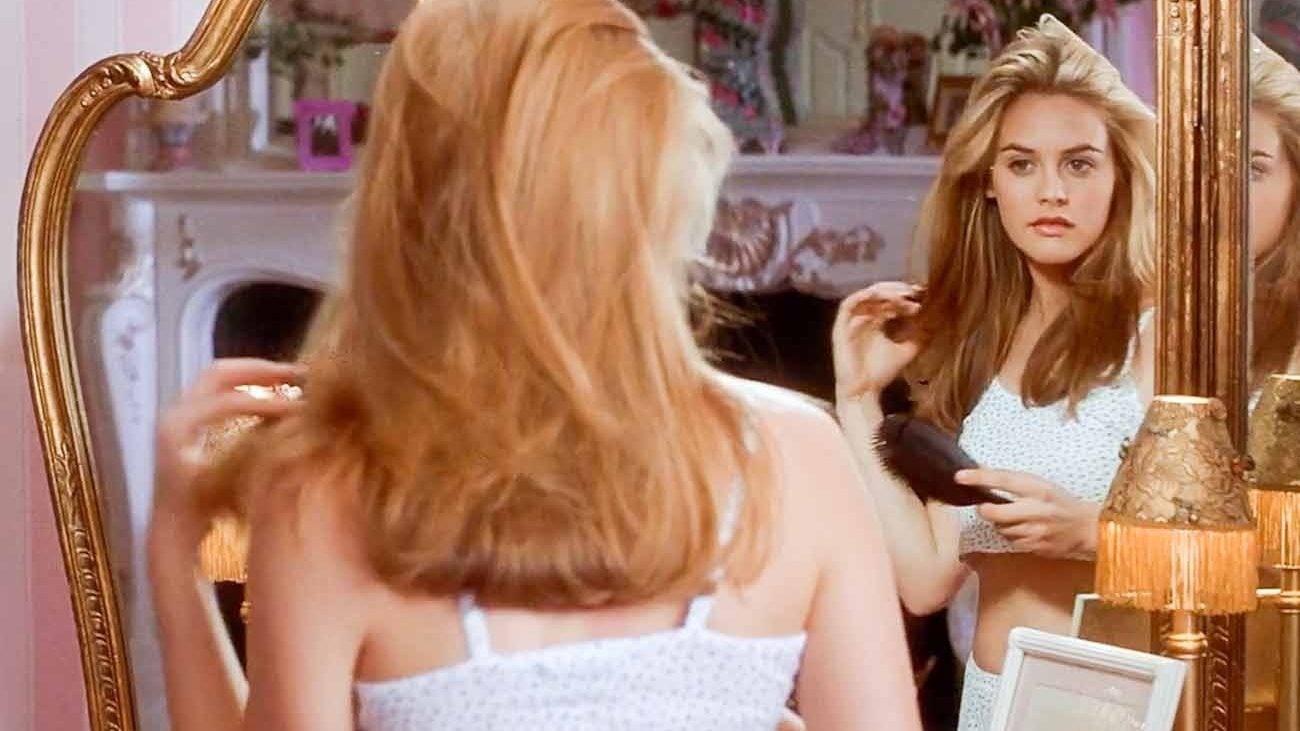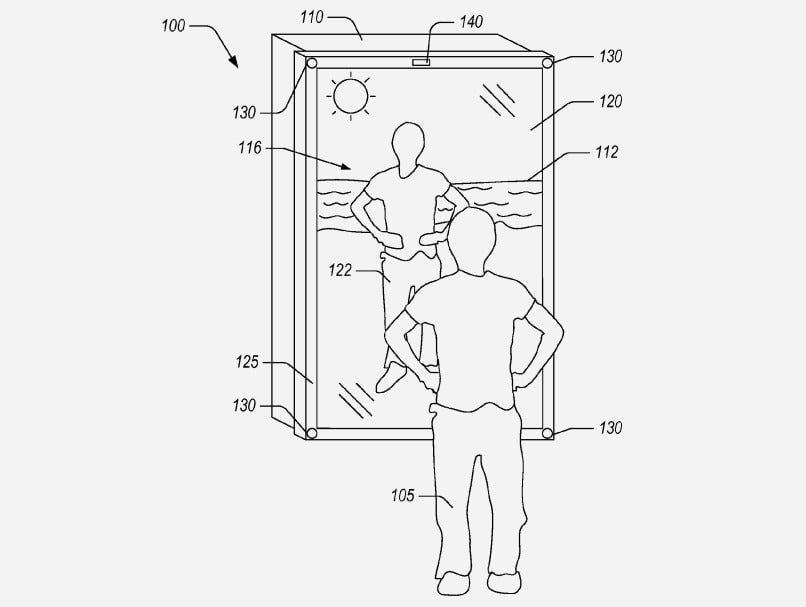Amazon wants to build a fitting room for the e-commerce experience
I do almost all my clothing shopping online—I don’t have to waste time traveling to boutiques, I can avoid store associates suggesting outfits that look terrible on me, and I can do price comparisons for the best deal. That said, the worst thing about buying clothing online is not knowing what a top or dress will actually look like on you, especially if you are not a lithe 5’9” model with a wind machine tousling your hair. On January 2, Amazon was granted a patent for a smartmirror that will fix that problem.


I do almost all my clothing shopping online—I don’t have to waste time traveling to boutiques, I can avoid store associates suggesting outfits that look terrible on me, and I can do price comparisons for the best deal. That said, the worst thing about buying clothing online is not knowing what a top or dress will actually look like on you, especially if you are not a lithe 5’9” model with a wind machine tousling your hair. On January 2, Amazon was granted a patent for a smartmirror that will fix that problem.

This “blended reality” mirror combines reflected images with artificially transmitted images—like a t-shirt you’re contemplating to buy—into a single mirror display. Here’s how it works, according to the patent (pdf):
- A three-dimensional background image is generated using a variety of cameras and tracking systems (optical cameras, infrared cameras, particle filters, etc).
- You, the user, stand in front of the mirror and are “selectively” illuminated using a combination of reflected light and transmitted light.
- The rest of the room is left dark.
- A background of your choice—a restaurant you couldn’t get a reservation at-, a luxury resort in the Maldives, your grandmother’s kitchen—is projected onto the mirror, replacing the darkness.
- The described “apparatus” can also superimpose a piece of clothing onto your body “so that it appears as though the user is wearing the outfit.” The visual approximation is based on images of the clothing piece when it was worn by another person, and adjusted based on your own body shape.
The news of the mirror further suggests that Amazon Fashion intends to radically disrupt the clothing industry. Already, Amazon is the largest clothing retailer in the US, according to a McKinsey & Company report. And it’s also quietly launched their own clothing lines, such as a mid-priced exclusive collaborations with A-list celebrities like Drew Barrymore. But just like Amazon changed bookstore retailing (and forced a lot of indie shops and chains like Borders to go out of business), the tech company is trying to upend the business of clothing retail. In 2016, the company filed a patent application for a device that would create 3-D models of clothing, like shoes, to recommend similar fits to customers.
And that means, potentially, updating the mirrors in your standard fitting room with Amazon’s new version. Now, if you want to know how that string bikini looks on you, you can also see how it looks when you wear it on the beach, too. Whether or not this smartmirror makes into our homes depends on price point and ease of use—currently, the apparatus involved mirrors, cameras, projectors, lighting, an “image blending system,” a display device with an attached screen, and an “active transmission matrix.” That looks a lot more complicated than the Echo, Amazon’s smartspeaker.
This isn’t the first industry attempt at making a smartmirror, of course. In 2016, startup Naked Labs debuted a full-length mirror with Intel RealSense depth sensors and a mobile app. This smartmirror is dedicated to measuring your weight loss and fitness development from a holistic perspective, beyond the number on the scale. It will cost you $500. For much cheaper (and smaller), Sharper Image made a $100 bathroom countertop mirror with LED lights that function with motion sensors, to make sure you’re blending your foundation correctly, or getting a close shave.
And in 2015, fashion brand Rebecca Minkoff already pioneered a high-tech fitting room in its brick-and-mortar stores, with mirrors that, when tapped, turn into lookbooks, allow you to browse the e-commerce website if your size isn’t available in-store, and order you a glass of champagne delivered into your fitting room. It was a huge boost to the brand, known mainly for its handbags. “Since opening the store, we’ve seen a huge sales boost in clothing,” designer Rebecca Minkoff said of the New York City flagship, which was the first store to get the smartmirrors. “We’ve made triple the amount of clothing sales than we thought we would.”
Those of us who grew up in the ‘90s may remember watching the 1995 cult classic, Clueless, starring Alicia Silverstone as Cher Horowitz. She had a computer program that superimposed all of her outfits onto her body, presumably because her wardrobe was so big that it would have been a waste of time to rummage around. The program even had an algorithm that told her whether the outfit was mismatched or not—so far, it doesn’t look like Amazon’s smartmirror has the capability to do that.